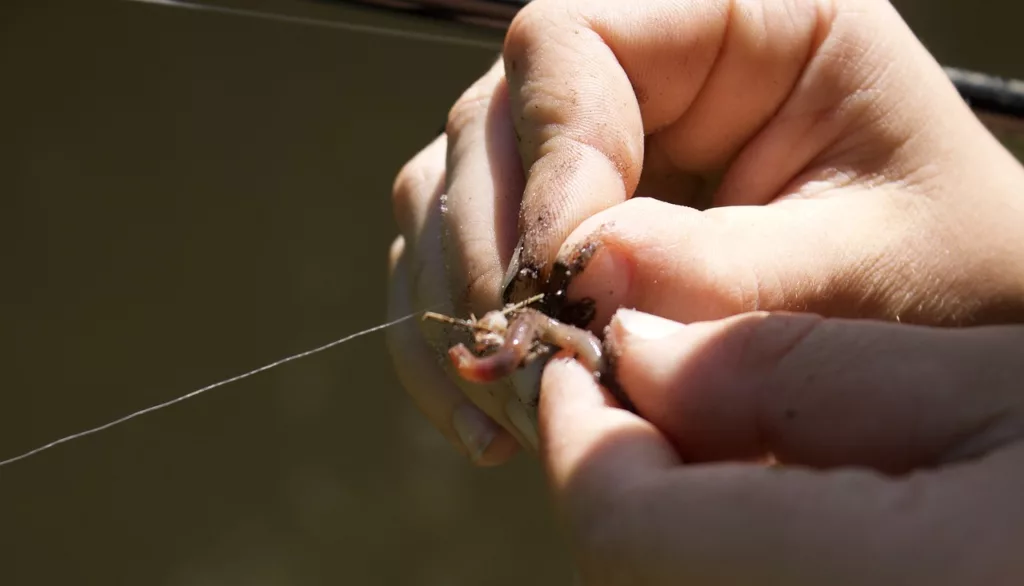When it comes to fishing, selecting the right bait or lure is crucial for enticing your target catch. Whether you’re a seasoned angler or a beginner, understanding the differences between bait and lures, as well as knowing when and how to use them, can significantly impact your fishing success. In this article, we delve into the intriguing world of bait and lures, examining their characteristics, benefits, and applications. So grab your fishing gear and let’s dive in!
Bait: The Tempting Natural Offering
Bait has been the go-to choice for anglers throughout history. It refers to any natural substance, such as live or dead organisms, used to attract fish. Bait provides a lifelike and appealing presentation, mimicking the natural food sources of the target species. Here are some common types of bait used in fishing:

a. Live Bait: Live bait, including worms, minnows, and insects, is an enticing option for various fish species. The movement and scent of live bait can be irresistible to predatory fish, making it a reliable choice.
b. Dead Bait: Dead bait, such as cut fish or shrimp, is particularly effective for saltwater fishing. It releases scent into the water, attracting fish from a distance. Dead bait is commonly used when targeting larger species like sharks or catfish.
c. Artificial Bait: Artificial bait, like dough balls or scented soft plastics, is designed to mimic the appearance and scent of natural prey. These lures can be effective in situations where live or dead bait is not readily available or allowed.
2. Lure: The Art of Deception
Lures, on the other hand, are artificial fishing imitations designed to mimic the movement and appearance of prey. They rely on the angler’s skills to create the illusion of a vulnerable and appealing target. Here are some popular types of fishing lures:
a. Spinnerbaits: Spinnerbaits consist of a metal blade that spins as it moves through the water, creating flash and vibration. They are versatile lures suitable for both freshwater and saltwater fishing, attracting a wide range of fish species.
b. Crankbaits: Crankbaits imitate the swimming action of fish, featuring a diving lip and treble hooks. They are designed to dive to specific depths and are effective for targeting fish in different water conditions.
c. Soft Plastics: Soft plastic lures, such as worms, grubs, and swimbaits, are made of soft, flexible materials that resemble natural prey. They are incredibly versatile, allowing anglers to experiment with different rigging techniques and presentations.
3. Factors Influencing Bait or Lure Selection
Choosing between bait and lures depends on various factors, including the target species, fishing location, weather conditions, and angler preferences. Here are some considerations to keep in mind:
a. Species: Different fish species have unique feeding behaviors and preferences. Researching your target species will help determine the most effective bait or lure to use.
b. Water Conditions: Water clarity, temperature, and depth influence fish behavior. Brightly colored lures or scent-enhanced baits may be more effective in murky waters, while natural baits can work well in clear water.
c. Fishing Regulations: Certain fishing regulations restrict the use of specific bait or lures. It is important to familiarize yourself with local fishing regulations to ensure compliance.
d. Experience and Technique: Your angling experience and personal fishing techniques play a role in bait or lure selection. Experimentation and practice will help you develop your own successful strategies.
Conclusion
Bait and lures each have their own strengths and applications in the art of fishing. Bait entices fish with its natural appeal and scent, while lures rely on the angler’s skills to create an illusion of vulnerable prey. Understanding the differences between the two and considering various factors can enhance your fishing success. Whether you choose live bait, artificial bait, spinnerbaits, or soft plastics, remember that patience, practice, and a little knowledge can go a long way in the pursuit of that trophy catch. Happy fishing!
